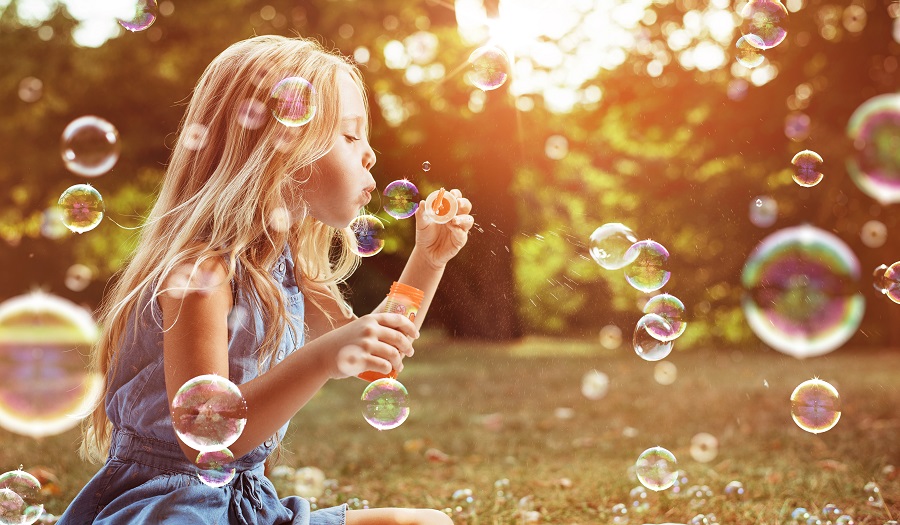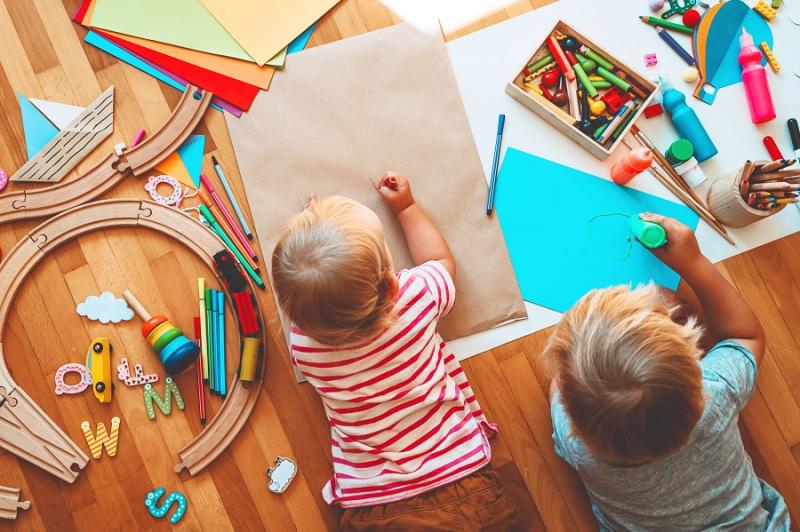
The benefits of mindfulness on wellbeing are often discussed in blogs, news articles and research papers, and to date, including mindfulness in day-to-day working results in stress levels dropping, sleep quality improving, and pain dropping. Findings also showed improved creativity, wellbeing and focus along with stronger enthusiasm in projects and meetings.” (Intel Press, 2013) . Gelles (2012) also found improved decision making with teams becoming better listeners; and better focus and open mindedness, better collaboration plus a climate of “…openness, acceptance and empowerment”…Emotionally and intellectually available leaders, and a switch from “hurried multitasking and its psychological blind spots, to one of curiosity, flexibility and opportunity.” (Williams, 2016).
The evidence is clear, adults benefit from mindfulness for wellbeing. But why not start early? Why wait until you “need” it? By introducing its practical applications and techniques as a matter of daily practice anyone can build resilience within an increasingly demanding world, and lay strong foundations for emotional and mental fitness through life.
The following are 5 simple activities adapted from my Mindfulness workshops – and specifically aimed at children that help them to accept, manage and express their emotions in a healthy manner. There is a great deal of anxiety in the world – so many pressures and demands, and it can be quite hard to lay those foundations and take an active hand in your wellbeing. By being able to deal with – and even learn to choose – how we feel and behave, we nurture greater confidence in our relationships, and our interactions - often bringing us greater success and greater happiness throughout out life. It is never too late – nor early – to start.
Create a Calm Kit
A calm kit is a great way to teach children ways to self-soothe in a healthy manner. A “Calm Kit” is a little box or bag of activities or things which can help children release or manage stress.
- Find a little box or a bag – something that can be personalised or decorated
- Discuss with your child what will help them feel calm when they are experiencing big emotions.
Some tips:
- Some children are able to learn “paced breathing” so a card which reminds them to take a deep breath in for 3, hold for 2 and out for 3 can be enough; others may need something practical to help them – so a bottle of bubbles encourages them to breathe in a paced manner without thinking about it.
- If you are not comfortable expressing how you feel directly, or perhaps you do not have the words – include a notepad and pen. This will allow you to write or draw your feelings. It is also a good way to engage in something calming such as drawing a picture which can also lower stress levels; or somewhere to write down creative ideas.
- If you like to have something to do with your hands, including a “fidget toy” or a “stress ball” can help keep your hands occupied. This is sometimes found to assist children who struggle with sitting still in class – having a “wobble cushion” or a “fiddle toy” which is allowed by the teacher enables them to self soothe while remaining within school-wide rules.
- Having a fan can also help you to (literally) cool down as one’s temperature often rises when we get stressed. If a breath of fresh air is not possible due to environment, a fan is an excellent option.
- A little checklist can also be helpful – perhaps this includes as series of “kind words” to use; or a reminder to “breathe deeply” when you recognise that you are getting stressed. The “Calm kit” is individual to each person, and you might find it is something that you can do together – and talk about what you both include in there. (My adult clients tend to include a packet of tea).
2. Recognise the signs of stress
This is a very simple exercise – and again one which you can do together – in order to recognise the signs of stress (and when to use your Calm Kit!)
- Think of a time when you were angry at someone – and recognise where in your body you feel those sensations. As a parent observing, you may notice twitches or movements perhaps a clenched fist or a tapping foot.
- Identify what those sensations were, where they were and how they felt, and discuss how when you recognise those feelings, that is a good time to ask to use your Calm kit.
- “Cool down” from this exercise by thinking of a time you felt loved and safe and recognising where you feel those sensation.
3. Gratitude Stretching
A lovely way to think positively, as well as give your body a little bit of TLC -this can be incorporated .
- Stretch your arms and think of someone you are really happy to have in your life.
- Stretch your legs and think of something you are grateful to have
- Shake out and think about what you are really looking forward to doing today.
4. Singing together
Singing raises the production of oxytocin (a happy hormone) and in turn lowers the presence and production of cortisol (the stress hormone). It teaches rhythm, listening, as well as timing, and is also a fun activity to do together. You may even discover some growing talents.
5. Draw a zentangle
This is a great activity because you don’t need to be able to draw, nor do you need a template to colour in. Take a pen and paper. You can choose to either divide the paper into grid boxes, or simply just draw. Starting anywhere, draw what you like, where you like until your rectangle is completed – geometric patterns, shapes, objects – there is no restriction, simple enjoy the feeling of calm as you doodle with purpose…and that’s your “zentangle”. (If doing this with children, it can also be a good way to discuss why they chose to draw certain things should you notice anything unusual – mindfulness activities have the bonus of being an opener into expressing emotions as well as managing them).

Dr Audrey Tang is a Chartered Psychologist, CPD Accredited speaker and trainer. She is the author of The Leader's Guide to Resilience due out in late 2020. (prev. The Leader's Guide to Mindfulness (Pearson & FT, 2018). Follow her on Twitter and Instagram @draudreyt
Former Career Nanny and now Childcare and Wellbeing specialist at The Lady, Lucy Boulton has over 12 years experience with children of all ages, is a certified yoga teacher and loves promoting a plant based lifestyle brought about from her nutrition studies in the USA. Lucy is delighted to be offering regular features alongside helping families find the perfect nanny through the services provided by The Lady.
If you or someone you know is searching for an experienced Nanny, contact Lucy today on lucy.boulton@lady.co.uk








